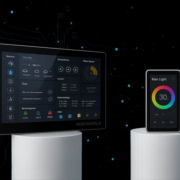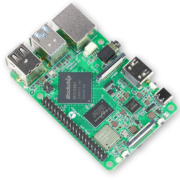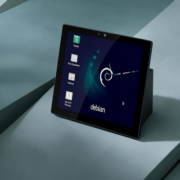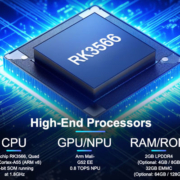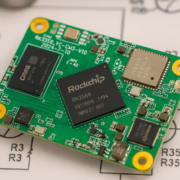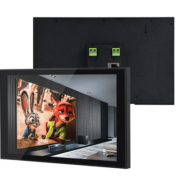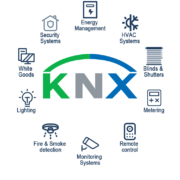What is a System on Module (SoM) and How to Choose the Right One: 2025 Guide
A System on Module (SoM) is a compact, ready-to-use computing module that contains the core components of an embedded system. It typically includes a processor (CPU), memory (RAM and storage), power management, and essential interfaces, all integrated onto a small PCB. SoMs are designed to simplify product development by offloading the complexity of hardware design, allowing engineers to focus on application-specific features.
Why Use a SoM?
-
Faster Time-to-Market:
Developers can save months of design work by using a pre-certified SoM instead of building from scratch. -
Reduced Risk:
SoMs are pre-tested and often come with long-term support, lowering the chances of hardware failure. -
Flexibility and Scalability:
You can upgrade to a more powerful module within the same product family without changing the baseboard design. -
Compact Design:
SoMs offer powerful performance in space-constrained environments—ideal for IoT, industrial automation, and smart devices.
Key Components of a SoM:
- CPU (Processor): The heart of the SoM, available in ARM, x86, or RISC-V architectures.
- RAM: Temporary data storage for smooth multitasking.
- Storage (eMMC/Flash): For the operating system and application files.
- Power Management Unit (PMU): Ensures stable voltage levels.
- Connectivity Interfaces: Such as UART, SPI, I2C, USB, Ethernet, and display outputs.
How to Choose the Right SoM in 2025
Here are the main criteria to consider when selecting a SoM for your application:
Performance Requirements
- Use Case: Determine if your project needs basic control (e.g., home automation) or high-performance computing (e.g., machine vision).
- CPU & GPU: Choose a SoM with sufficient processing power and graphics capabilities.
Operating System Compatibility
- Choose a SoM that supports your preferred OS: Android, Linux (Debian, Ubuntu), Windows, or RTOS.
Power Consumption
- Low-power SoMs are crucial for battery-powered or energy-sensitive environments like wearables or remote sensors.
- Connectivity
- Ensure support for necessary communication interfaces like Wi-Fi, Bluetooth, Ethernet, or CAN bus.
- Thermal Management
- Some applications may require passive or active cooling. Evaluate whether the SoM can handle heat efficiently.
- Longevity and Support
- Look for vendors that offer long-term availability (5–10 years) and BSP (Board Support Package) maintenance.
- Form Factor and Pin Compatibility
- Consider standard form factors (like Qseven, COM Express) or custom sizes. Some vendors offer pin-compatible upgrades.
- Ecosystem and Documentation
- A good SoM provider will offer clear documentation, reference schematics, SDKs, and design support.
- Popular Use Cases for SoMs in 2025:
- Smart Home Devices (e.g., control panels, gateways)
- Industrial Automation (e.g., HMI terminals, PLCs)
- Digital Signage
- Medical Devices
- Robotics and Drones
- AI Edge Computing

